Uterine fibroids are non-cancerous tumors that grow in the uterus and can affect women’s health and quality of life. The symptoms can range from heavy bleeding to pelvic pain, pressure, urinary problems, and more.
A treatment option that has been rising in popularity is uterine fibroid embolization (UFE), a minimally invasive alternative to surgery. UFE can shrink fibroids and provide substantial relief from symptoms.
The main purpose of this article is to shine a light on UFE and its benefits, particularly for women in Hurst grappling with fibroids. Here’s our thesis: UFE, offered by the experienced vein specialists at Texas Vascular Institute, is a safe and effective treatment for fibroids that brings together personalized care and advanced technology for women’s health.
The Causes and Types of Uterine Fibroids
Uterine fibroids may develop due to a combination of factors. These could include genetics, hormonal imbalances, and certain growth factors. Yet, their exact cause remains a mystery, and they’re neither cancerous nor contagious.
Fibroids come in various types, categorized based on their location in the uterus:
- Submucosal: These grow into the uterine cavity and can cause heavy, painful periods.
- Intramural: These grow within the muscular wall of the uterus and can lead to a sensation of pressure.
- Subserosal: These grow on the outer wall of the uterus and can cause pelvic pain.
- Pedunculated: These develop a stem and can become quite painful if the stem twists.
The type of fibroid can affect the symptoms experienced and the suitable treatment options.
Diagnosis and Evaluation of Uterine Fibroids
The diagnosis and evaluation of uterine fibroids involve several methods. Here’s a brief look:
- Pelvic exam: This basic method can detect fibroids but isn’t the most reliable due to limitations in detecting smaller fibroids.
- Ultrasound: This imaging method offers more precision in detecting fibroids and is effective in identifying their size and location.
- MRI: This method provides the most comprehensive imaging and is particularly useful in planning treatments like UFE.
- Hysteroscopy: This method involves inserting a small camera into the uterus to visually identify fibroids.
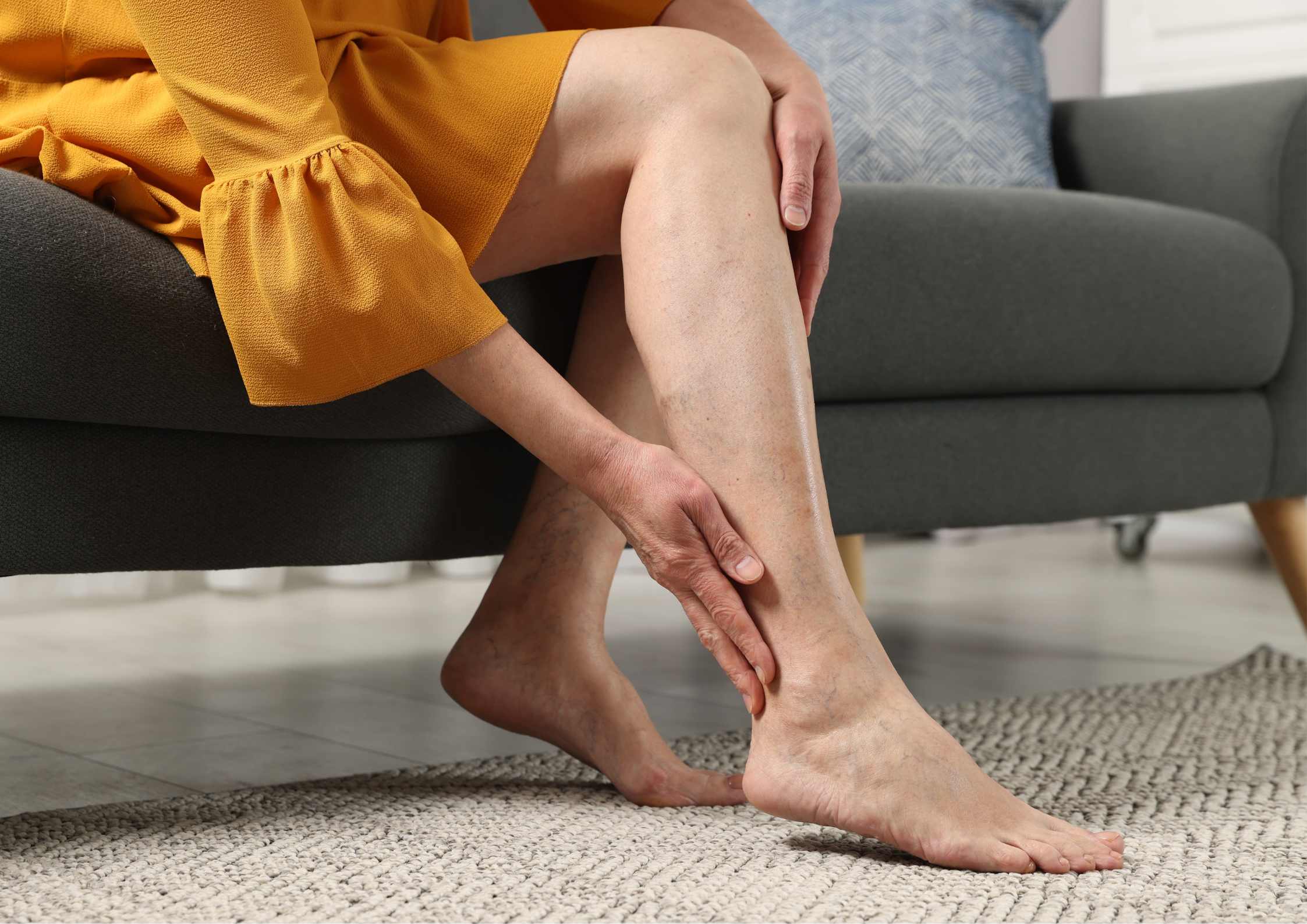
Each of these methods has its advantages and limitations, but they all contribute to determining the size, number, location, and blood supply of the fibroids. A proper diagnosis and evaluation pave the way for choosing the best treatment option for each patient.
What is Uterine Fibroid Embolization (UFE)?
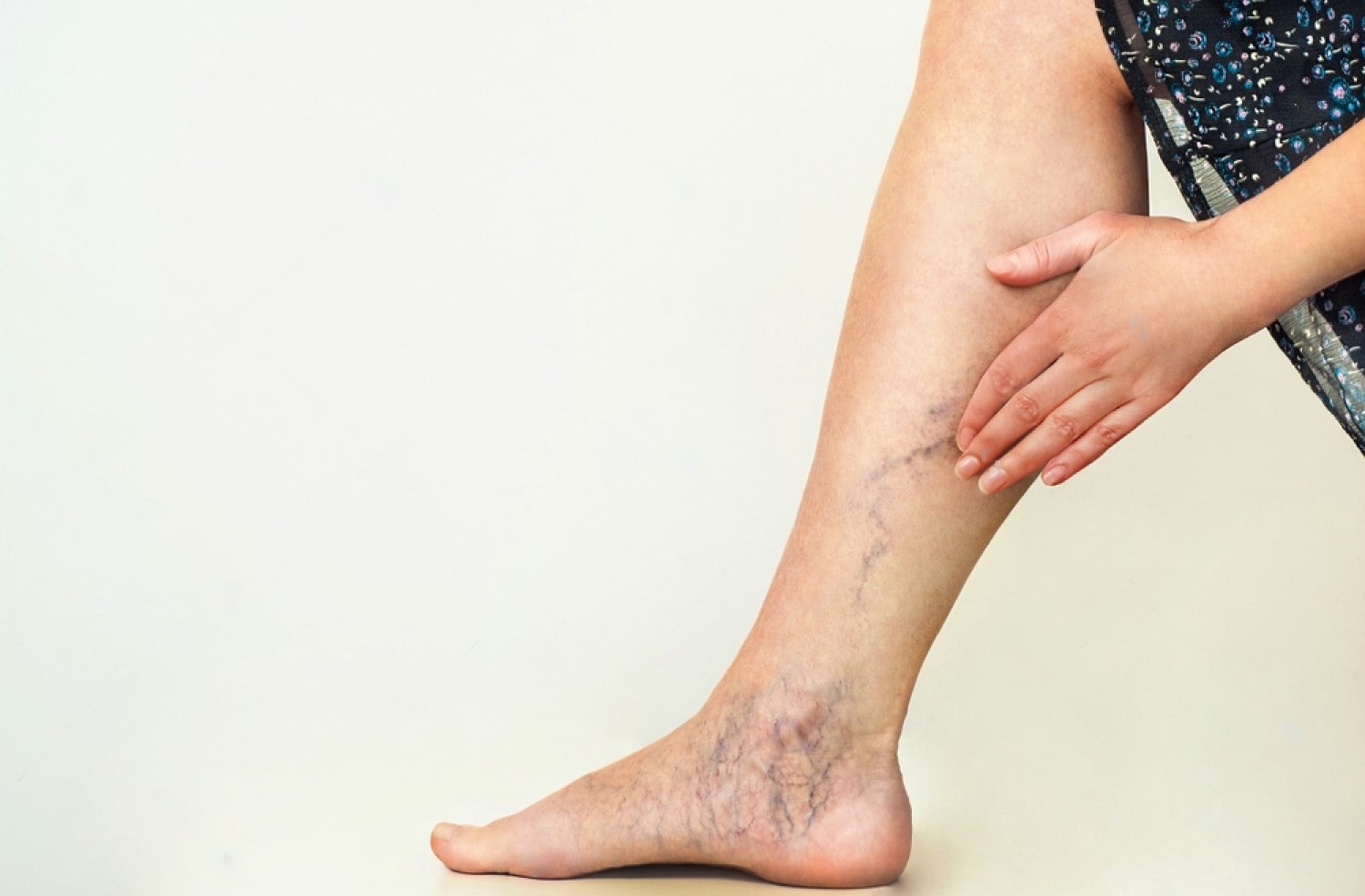
Uterine Fibroid Embolization (UFE) is an innovative procedure aimed at treating fibroids by cutting off their blood supply. Here’s how it works:
- Procedure Mechanics: UFE functions by obstructing the blood supply to the fibroids. With the blood supply cut off, the fibroids naturally shrink and die.
- Step-by-Step Process:○ A tiny incision is made in the groin area.
○ A catheter is then inserted into the artery.
○ Tiny particles are injected through the catheter into the blood vessels feeding the fibroids.
- Duration: The procedure is swift, often taking less than an hour.
- Anesthesia: Patients have options for anesthesia – they can choose local anesthesia with conscious sedation or opt for general anesthesia.
- Recovery: Typically, one might spend a few hours to a day in the clinic or hospital post-procedure. Recovery at home usually spans a few days to a week.
Benefits of UFE
UFE boasts several advantages over surgery and other treatment modalities:
- Uterus Preservation: One of the most significant benefits of UFE is the preservation of the uterus and its functionalities.
- Comprehensive Treatment: UFE addresses all fibroids simultaneously, irrespective of their size, count, or location.
- High Efficacy: With a high success rate and low recurrence rate, UFE has gained prominence.
- Minimal Invasiveness: UFE results in negligible blood loss and scarring.
- Safety: UFE has a reduced risk of complications when juxtaposed with other treatments.
- Quick Recovery: Patients undergoing UFE often experience shorter hospital stays and rapid resumption of normal activities.
- Insurance Coverage: A plus for many patients, most insurance plans typically cover UFE.
Supporting statistics for UFE include:
- About 90% of women have conveyed symptom alleviation or complete resolution post-UFE.
- UFE has been shown to decrease menstrual blood loss by an average of 80%.
- Compared to procedures like hysterectomy or myomectomy, UFE has a lower complication rate.
Who is the Ideal Candidate for UFE?
Determining candidacy for UFE revolves around a few criteria:
- Symptomatic Issues: Women with fibroids that impede daily routines or induce anemia are prime candidates.
- Avoidance of Surgery: Those looking to bypass surgical procedures or maintain fertility may opt for UFE.
- Family Planning: Ideal candidates may either have no plans for a near-future pregnancy or have concluded their childbearing journey.
- Contraindications: It’s vital to ensure no contraindications like active infections, pregnancy, cancers, or allergies to contrast dyes.
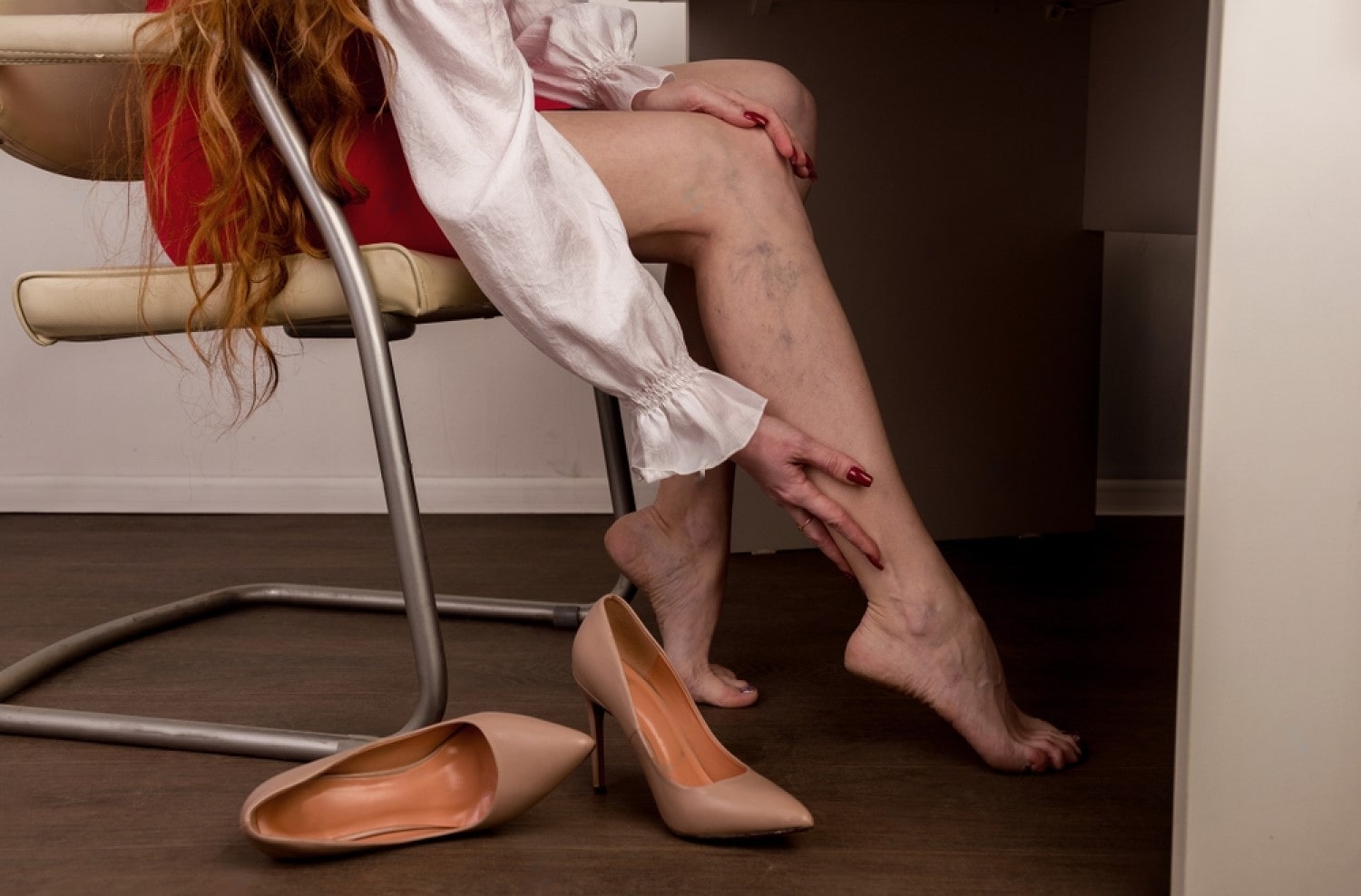
Importantly, prior to UFE, patients should be assessed by an interventional radiologist. Often, an MRI might be prescribed to further evaluate the fibroids and devise a procedural plan.
Preparing for UFE: Steps to Take
Preparing for UFE is relatively simple, and following these tips can ease the process:
- Medications: Discontinue certain medications or supplements that may disrupt blood clotting or healing, like aspirin, ibuprofen, vitamin E, etc.
- Transportation: Make arrangements for someone to drive you home post-procedure and stay with you for the first night.
- Packing: Pack a bag comprising comfortable clothing, personal items, and necessary medications.
- Doctor’s Instructions: Follow your doctor’s directives regarding fasting, hydration, and bowel preparation pre-procedure.
After UFE: What to Expect
After the procedure, here’s what you might encounter:
- Post-Procedure Effects: Mild pain, cramping, nausea, fever, or vaginal discharge may occur. These can be managed with medication and home remedies.
- Restrictions: Limitations may apply to physical activity, sexual intercourse, bathing, and driving for a few days or weeks.
- Follow-ups: Your doctor may schedule follow-up visits or phone calls to track your recovery and results.
- Symptom Improvement: You may notice a gradual improvement in your symptoms over several weeks or months as the fibroids shrink.
It’s important to be aware of potential side effects or complications of UFE, though they are rare:
- Non-Target Embolization: There’s a slim chance the particles could unintentionally block other blood vessels, causing potential damage to other organs or tissues.
- Transient Amenorrhea: UFE could temporarily halt the menstrual cycle due to induced hormonal changes.
- Vaginal Discharge or Infection: Some fibroid tissue might pass through the vagina, causing inflammation or infection in the pelvic area.
- Premature Menopause: Reduced blood flow from UFE could lead to the ovaries ceasing functionality.
- Fibroid Recurrence: New fibroids might develop, or existing ones may regrow post-UFE.
These side effects or complications are rare, and with the correct care and follow-up, they can be prevented or managed effectively.

Your Next Steps
In a nutshell, UFE is a minimally invasive, efficacious treatment for fibroids that holds several advantages over surgery or other treatments. It’s a suitable choice for most women grappling with fibroids and can be performed safely and effectively at Texas Vascular Institute in Hurst.
We invite you to reach out to our clinic for more information or to schedule a consultation with one of our fibroid specialists at 972-798-4710.
At Texas Vascular Institute, we’re committed to helping you regain your health and quality of life. We look forward to speaking with you soon.
WHAT OUR PATIENTS
have to say
Texas Vascular Institute always appreciates feedback from our valued patients. To date, we’re thrilled to have collected 378 reviews with an average rating of 5 out of 5 stars. Please read what others are saying about Texas Vascular Institute below, and as always, we would love to collect your feedback.
Leave a Review
Amazing Practice
I'm very particular with my Healthcare and tend to be cautious with referrals to specialists. This office is amazing from the first point of contact. Their staff are friendly, professional and highly knowledgeable. Then the Dr is just as amazing as his staff, absolutely brilliant. Office manager Jessica has this office running like a well oiled machine and does so with a smile, an air of confidence, kindness and professionalism. Love this practice!!
- Richard G.

Beyond Thankful
Dr Batra and his staff are amazing! We are so grateful to have found him. Everyone is so kind and so caring and Dr Batra explains everything so well and does procedures with excellence. Beyond thankful to be under their care!!!
- Bitsy P.

Gold Standard
This is a gold standard for how a medical practice should be run. I was promptly seen at my scheduled time, my ultrasound was thorough and I received plenty of attention and care from the staff and Dr.Batra.
- Weronika L.
INSURANCE
We accept most major insurance plans. Please contact the medical office for all insurance related questions.








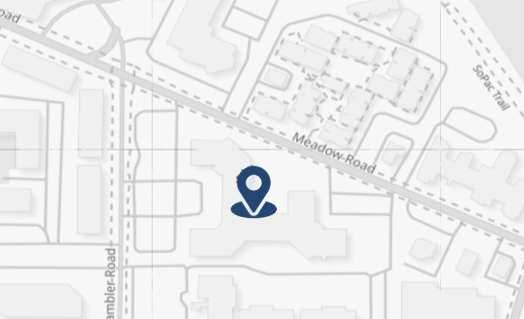
8330 Meadow Rd #100
Dallas, TX 75231
For Appointments: 972-798-4710
General Inquiries: 972-646-8346

809 West Harwood Rd, Suite 101,
Hurst, TX 76054
For Appointments: 972-798-4710
General Inquiries: 972-646-8346
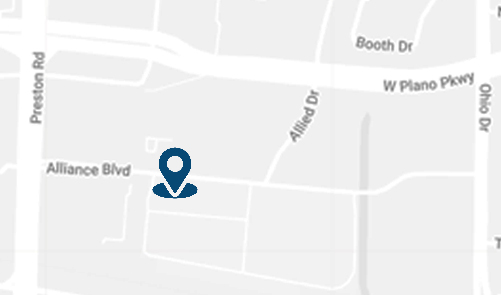
4716 Alliance Blvd Suite #180,
Plano, TX 75093
For Appointments: 972-798-4710
General Inquiries: 972-646-8346

